Office Occupancy Surges
Office occupancy surges to first quarterly gain since 2021

By Phil Mobley
CoStar Analytics
October 20, 2025 | 3:39 P.M.
After nearly four years of steady losses, U.S. office demand turned around in the third quarter.
About 12 million more square feet of office space was occupied than given up in the third quarter, the first positive figure since late 2021. It was also the largest total since the second quarter of 2019.
Beneath the strong headline number, performance across major office markets remained divergent. Among the five-largest U.S. office markets, only New York and Dallas-Fort Worth have seen robust demand over the past year, with the Big Apple's net absorption of nearly 7.4 million square feet and the metroplex posting 3.4 million square feet over the past 12 months.
These markets stand in contrast to Chicago, Washington, D.C., and Los Angeles, which together posted cumulative occupancy losses totaling more than 8.8 million square feet in the same period.
This level of variability is unusual. Historically, the largest office markets have moved together, with roughly 90% heading in the same direction. Now, local economic factors are likely driving the divergence.
In Washington, D.C., federal government space reductions have weighed on demand. Los Angeles, once buoyed by the entertainment industry, is missing that tailwind. Chicago’s slower economic growth has also contributed to its weaker performance.
On the other hand, strong hiring in finance has underpinned demand in New York and Dallas-Fort Worth, and office attendance in New York has rebounded more sharply than in most major cities.
Elsewhere, the adjustment to post-pandemic workplace patterns is still underway in large and midsized markets as long-term leases continue to roll over, while the effect in smaller towns and cities has likely already played out.
The third-quarter surge in net absorption may well be more than a fleeting rebound. Several key building types saw meaningfully positive occupancy for the first time since 2019, suggesting that the recovery has some depth.
For example, traditional, for-lease buildings posted a gain of over 7 million square feet in the third quarter. Three- and four-star buildings saw occupancy rise more than 8 million square feet.
Perhaps most significant, absorption was positive in buildings aged 10 years or more and in those located in central business districts. Positive absorption in these buildings suggests that demand is now sufficient not just to fill up new developments, but to begin backfilling some of the spaces hit hardest by the structural changes of the early 2020s.
While the recovery is not yet geographically broad, these movements indicate that the market’s momentum could be sustainable, provided economic and job growth remain positive.
The coming quarters will reveal whether this marks a true inflection point or is simply a pause in a longer-term adjustment.
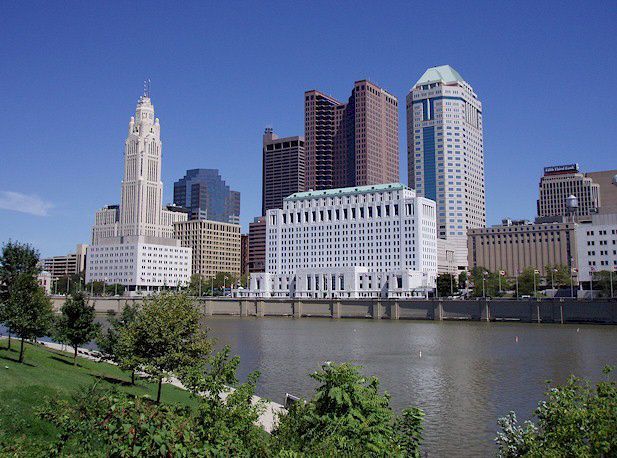

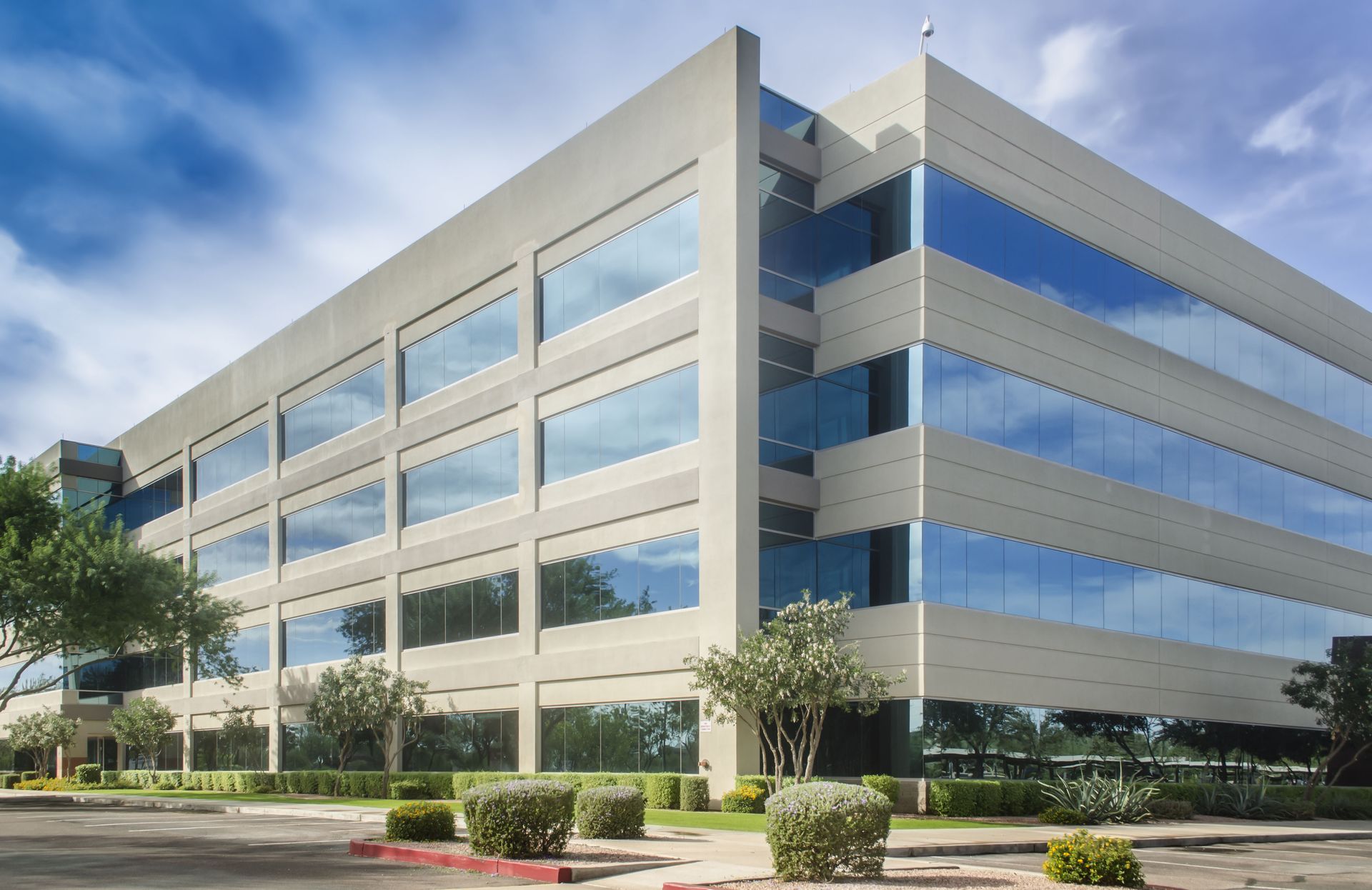


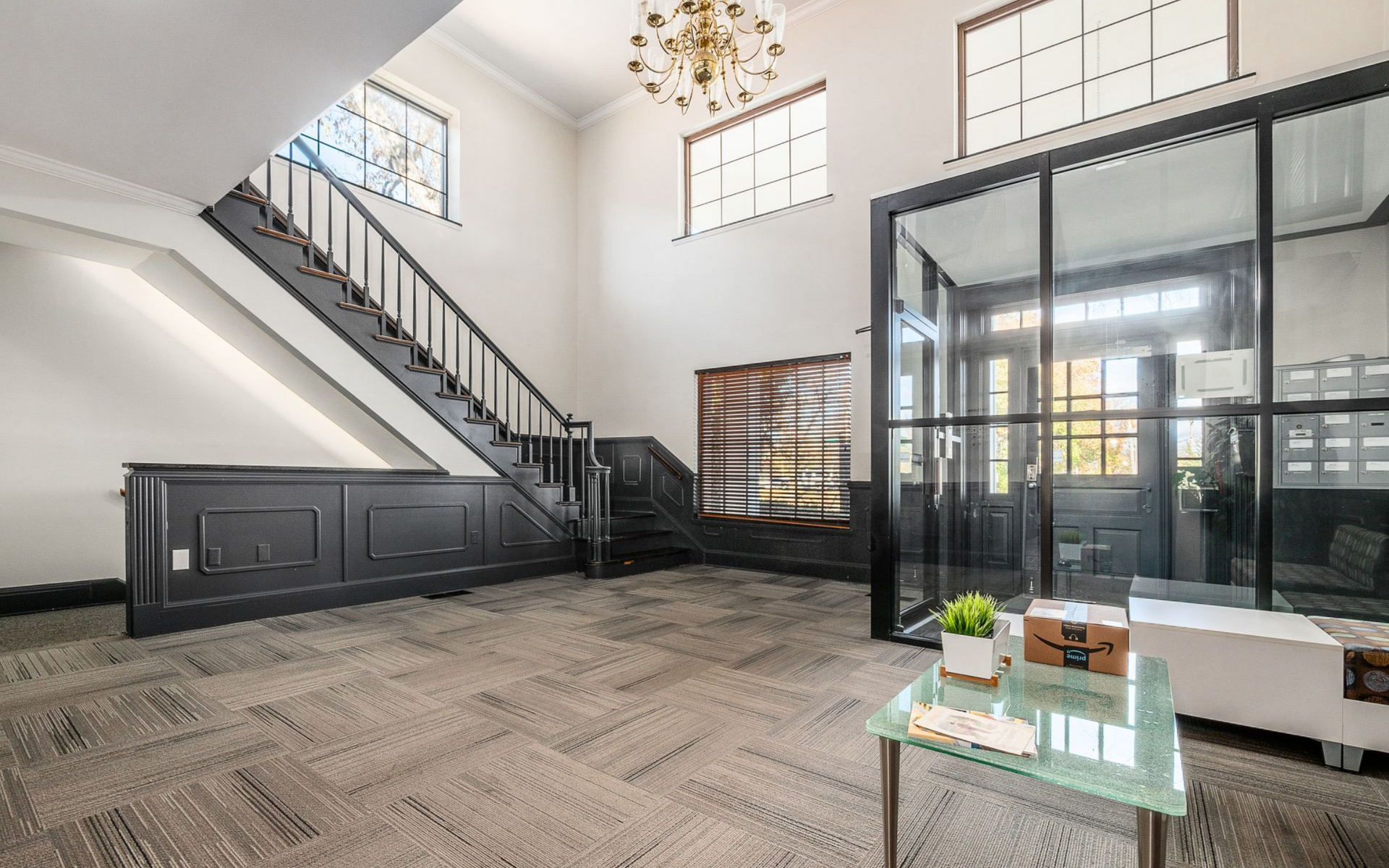
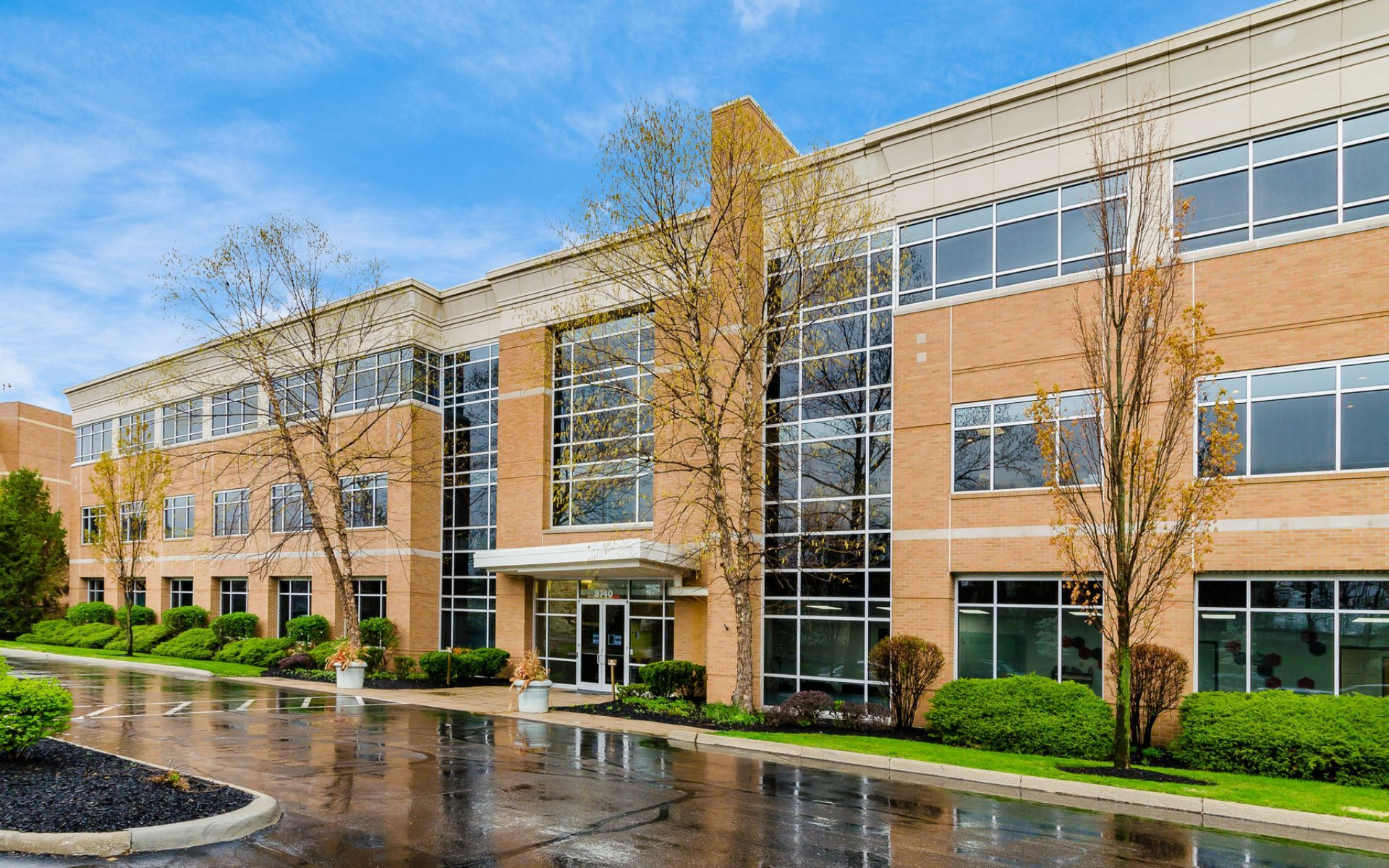
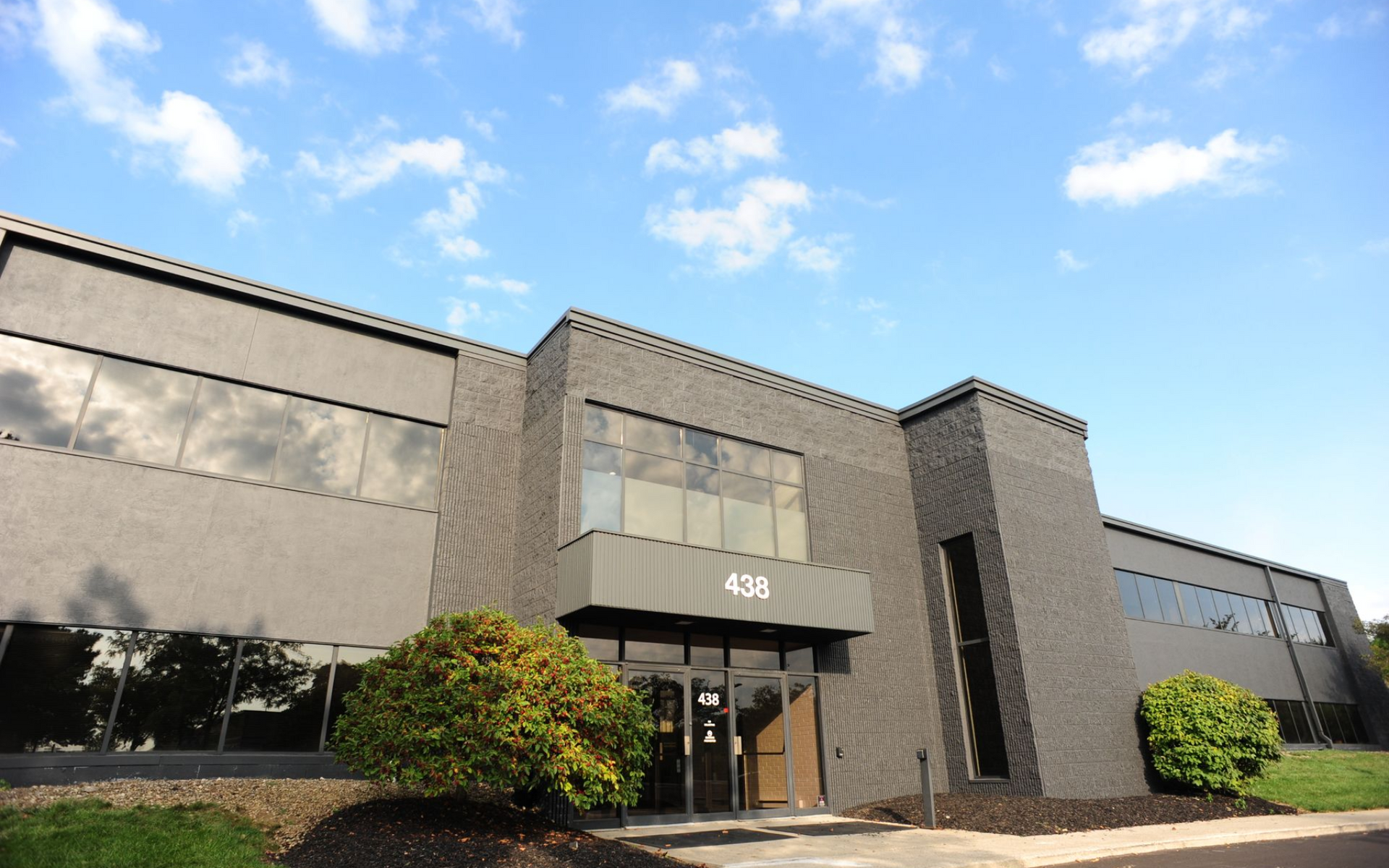
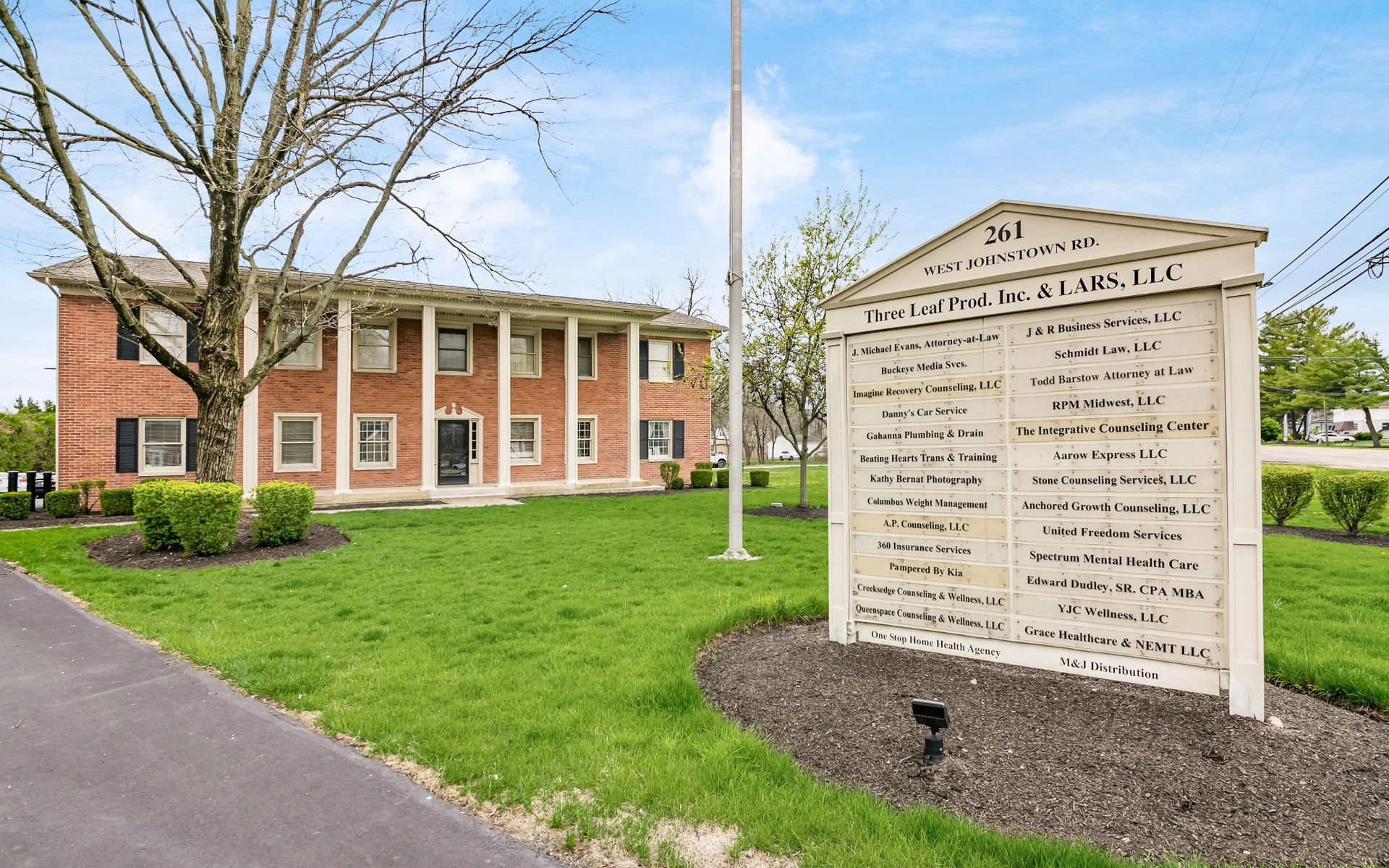
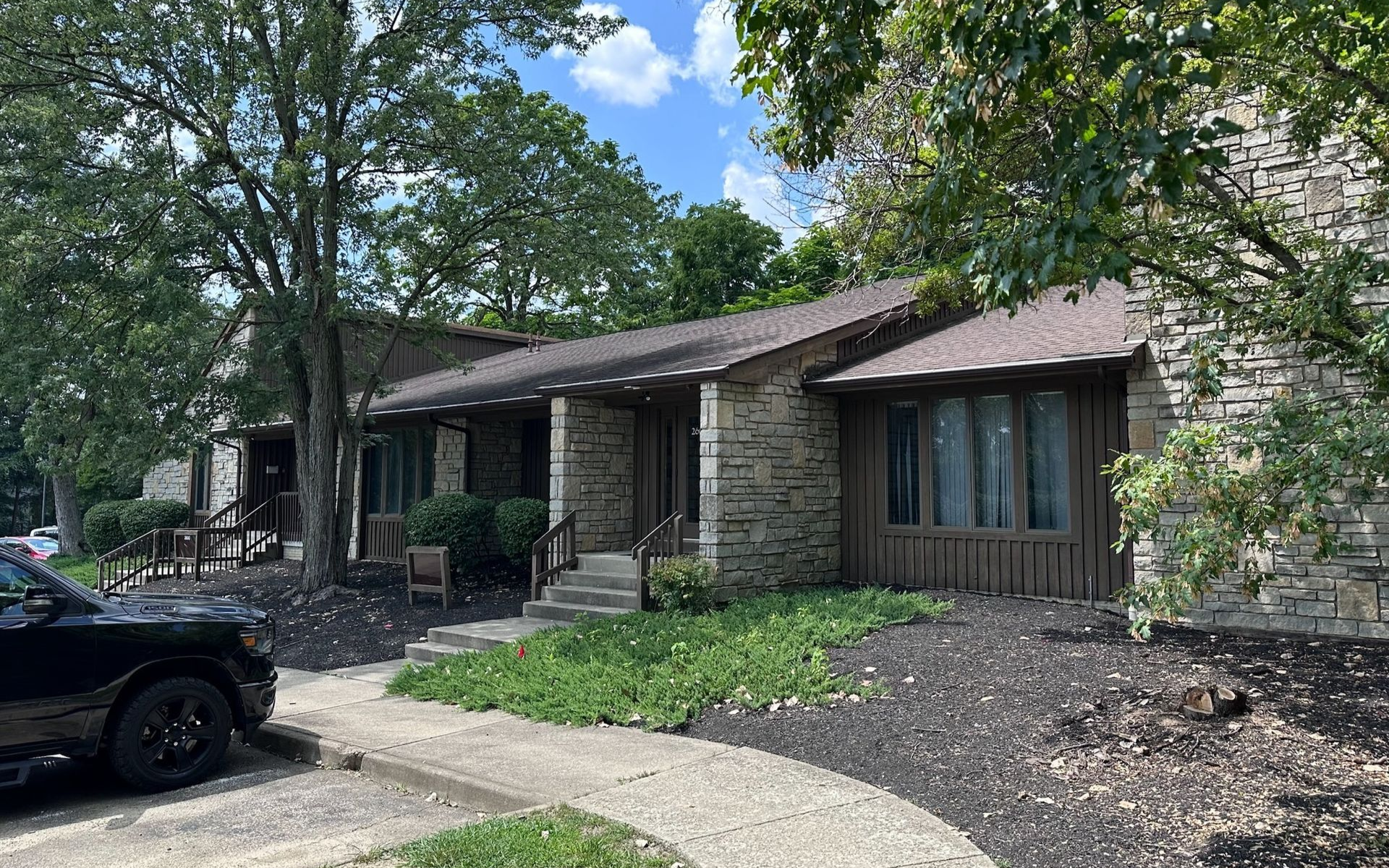
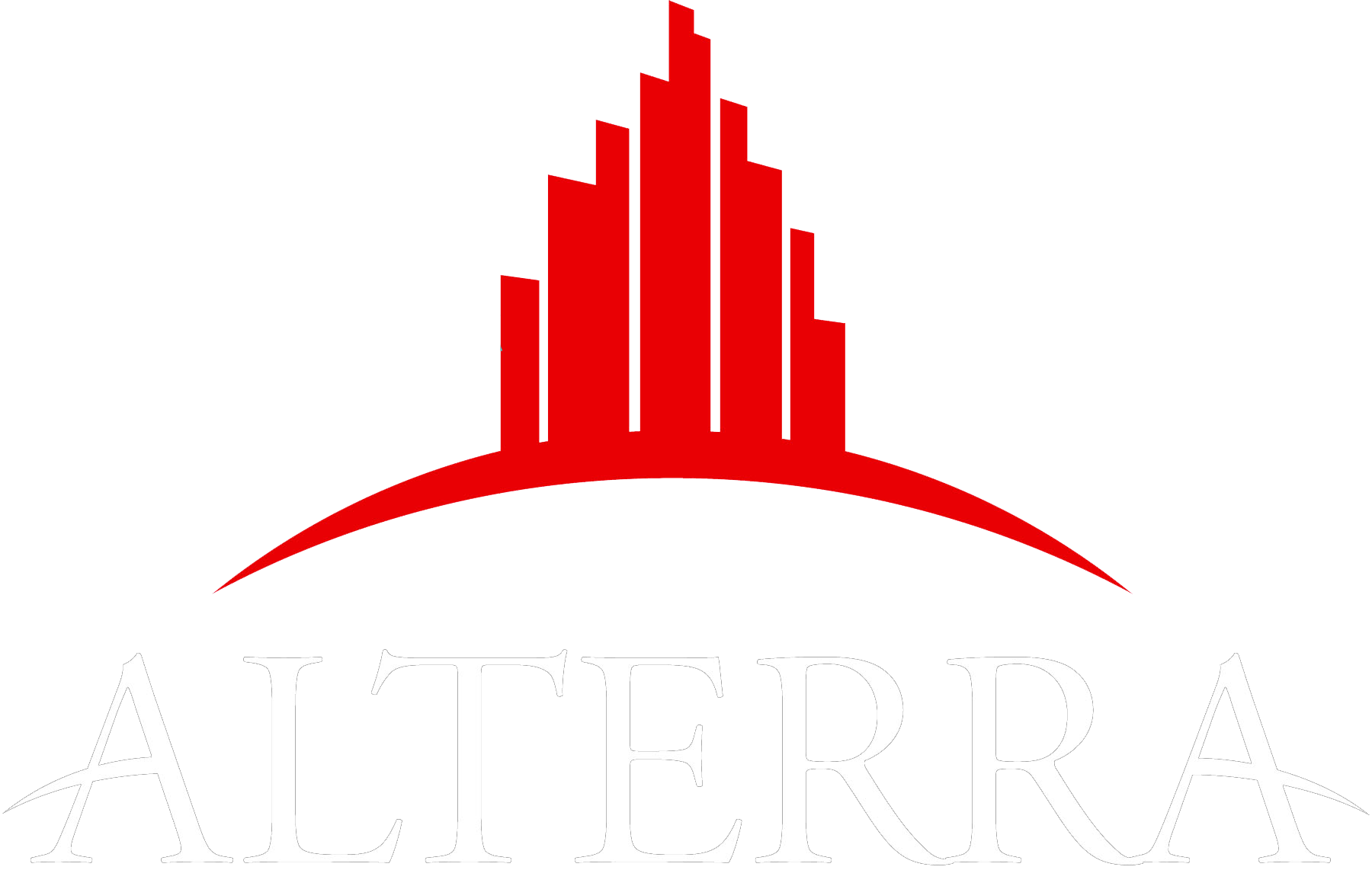

Share On: